Exploring the world through its architectural marvels is a journey through time, culture, and human ingenuity. From ancient structures that have stood the test of centuries to modern wonders that redefine our skylines, each landmark tells a unique story. Here are some of the most famous architectural wonders that captivate visitors with their beauty and history.
The Great Wall of China
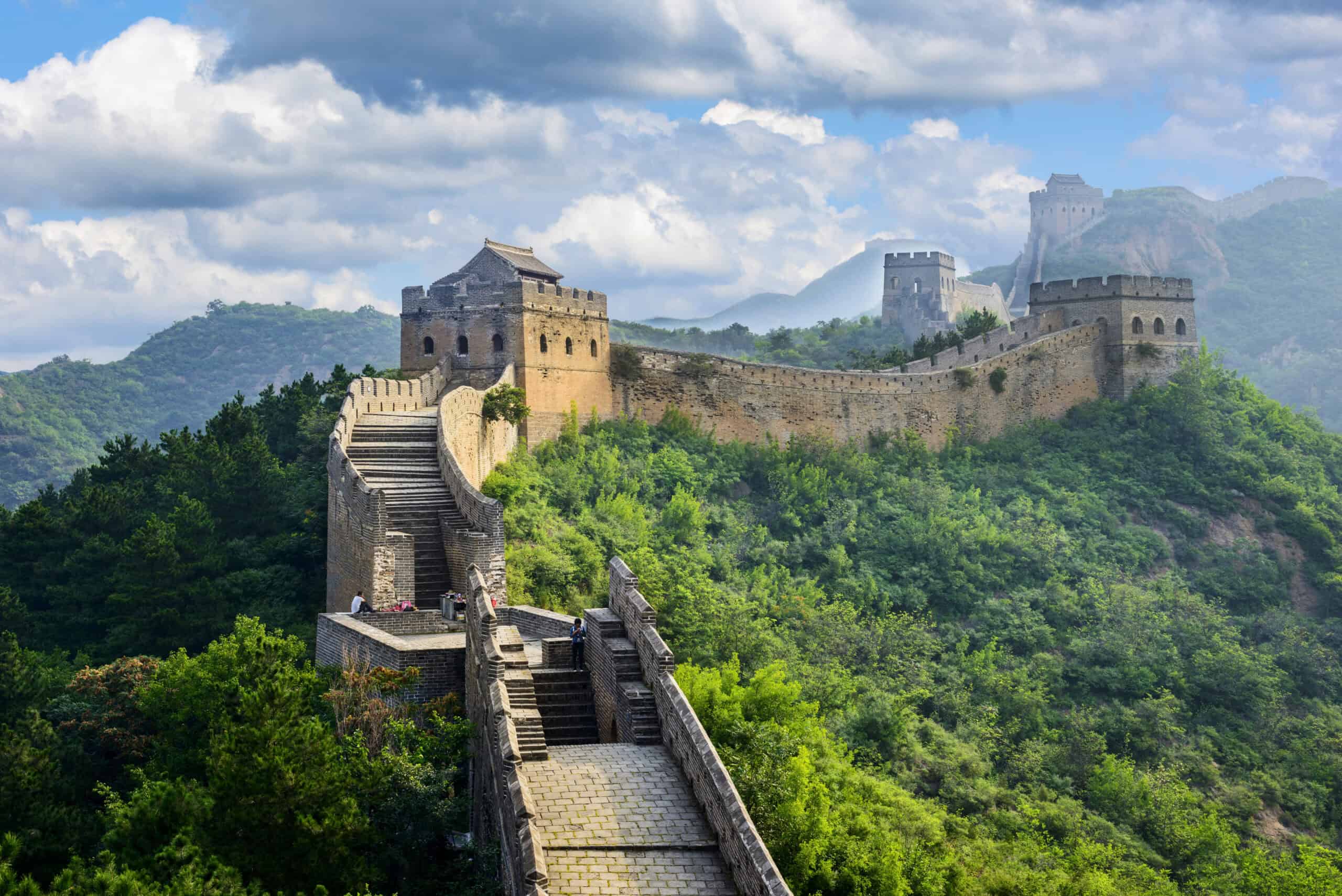
The Great Wall of China stretches over 13,000 miles across northern China. Built primarily during the Ming Dynasty, it features watchtowers, barracks, and fortresses along its length. The wall’s construction utilized various materials, including earth, wood, bricks, and stones. This monumental structure was initially erected to protect Chinese states from invasions and raids. Today, visitors can access the wall from several points, with Beijing’s Badaling section being the most popular.
Taj Mahal, India
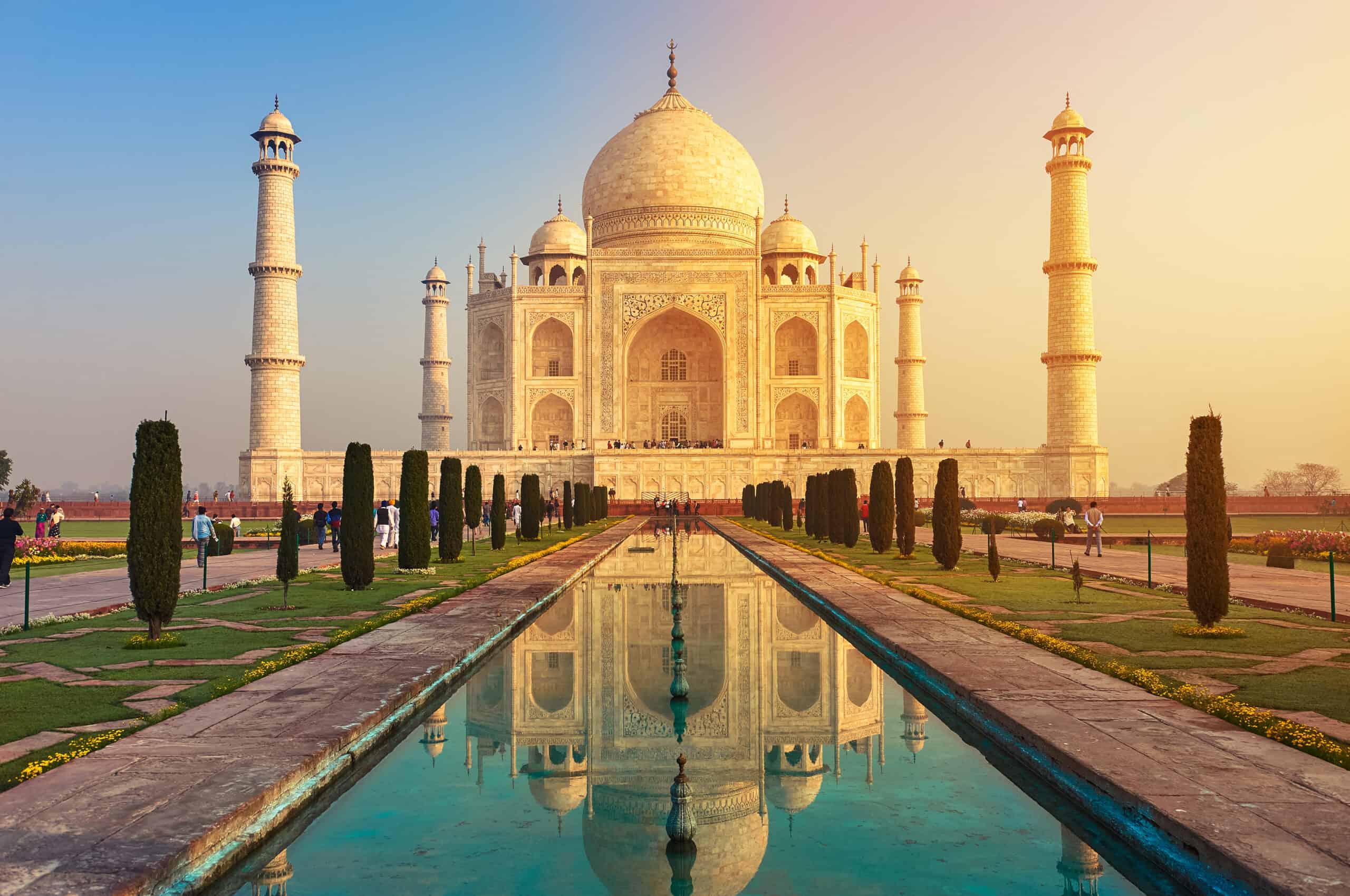
The Taj Mahal, located in Agra, is a stunning white marble mausoleum. Emperor Shah Jahan commissioned it in 1632 in memory of his beloved wife, Mumtaz Mahal. Its intricate carvings and symmetrical design are breathtaking. The monument’s beauty is enhanced by its gardens, reflecting pools, and the Yamuna River. Visitors can reach Agra by train or car from Delhi. Sunrise and sunset tours offer the best views and photo opportunities.
Eiffel Tower, France
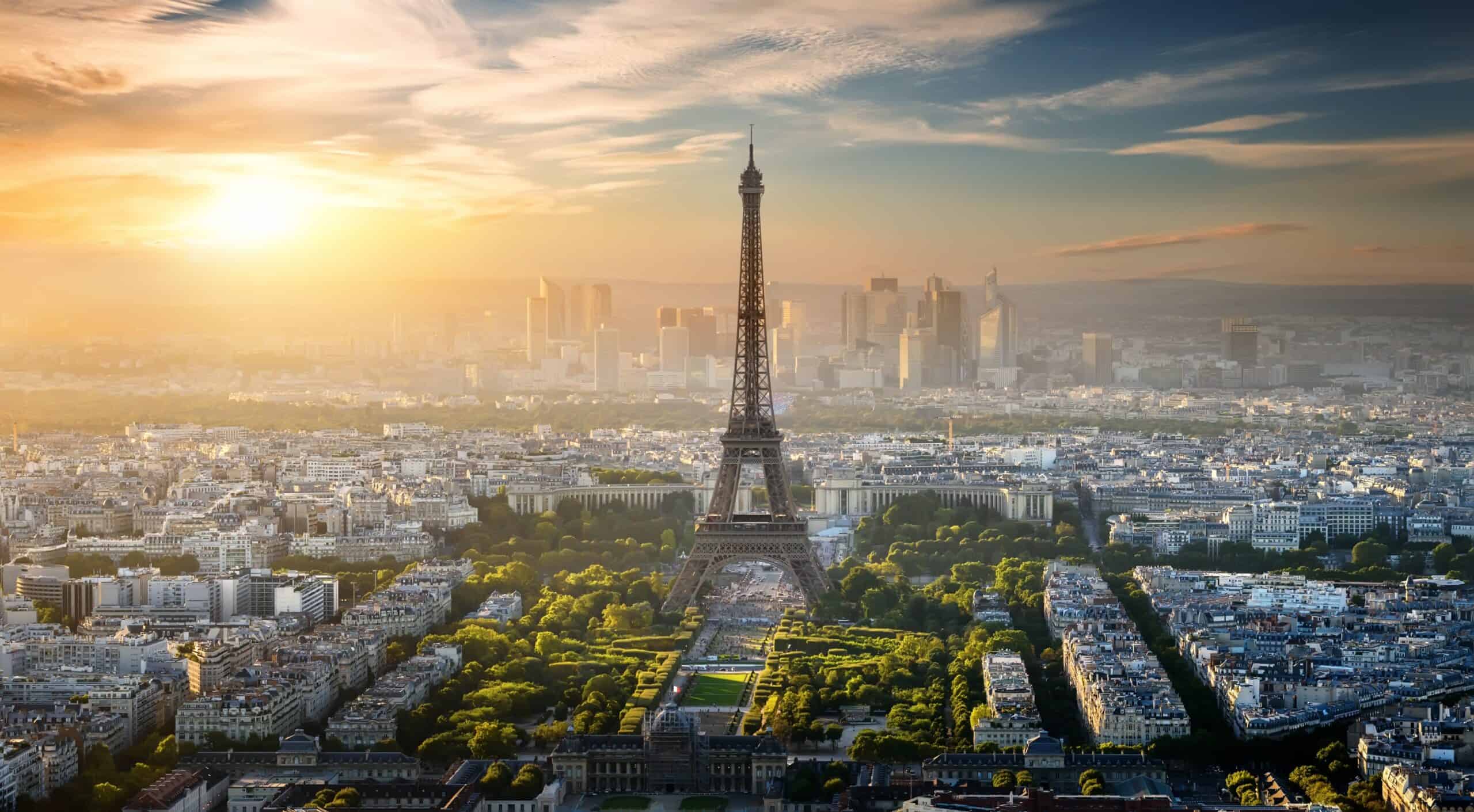
The Eiffel Tower, an iron lattice structure, stands tall in Paris. Completed in 1889 for the Exposition Universelle, it has become an enduring symbol of France. Gustave Eiffel’s design was initially controversial but quickly gained acclaim. Visitors can ascend the tower via elevators or stairs to enjoy panoramic views of Paris. The tower’s sparkling lights at night create a magical ambiance. Easily accessible by metro, it’s a must-visit landmark.
Machu Picchu, Peru
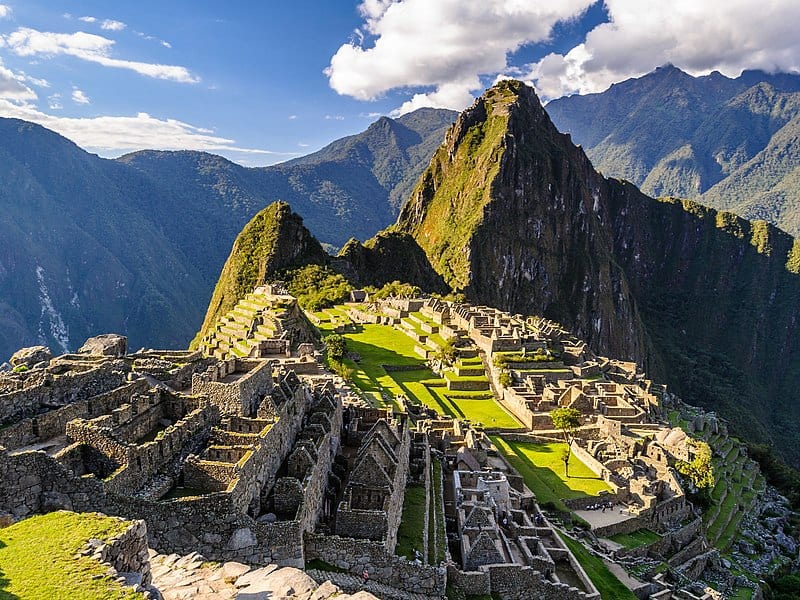
Machu Picchu is an ancient Incan citadel perched high in the Andes Mountains. Rediscovered by Hiram Bingham in 1911, it features sophisticated dry-stone construction and breathtaking terraces. This UNESCO World Heritage Site remains one of the most significant archaeological finds. Visitors typically reach it by train to Aguas Calientes and then a bus ride up the mountain. Hiking the Inca Trail offers a more adventurous route.
Colosseum, Italy
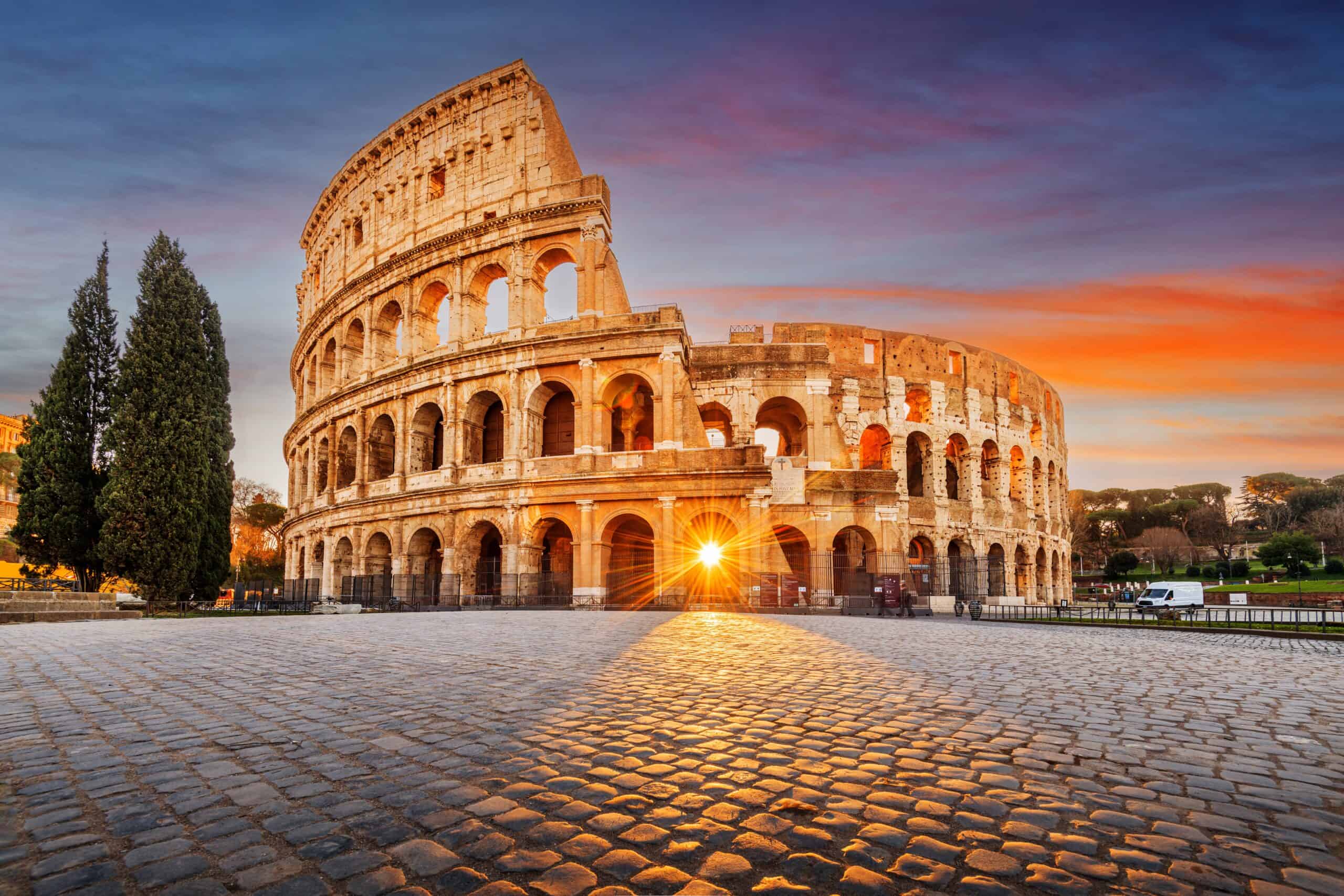
The Colosseum in Rome is an ancient amphitheater dating back to AD 80. Its iconic arches and immense scale showcase the grandeur of Roman engineering. This site hosted gladiatorial contests and public spectacles. Today, the Colosseum stands as a testament to Rome’s rich history. Visitors can explore its interior, including the underground chambers. Located in the heart of Rome, it is easily accessible by metro or bus.
Sydney Opera House, Australia
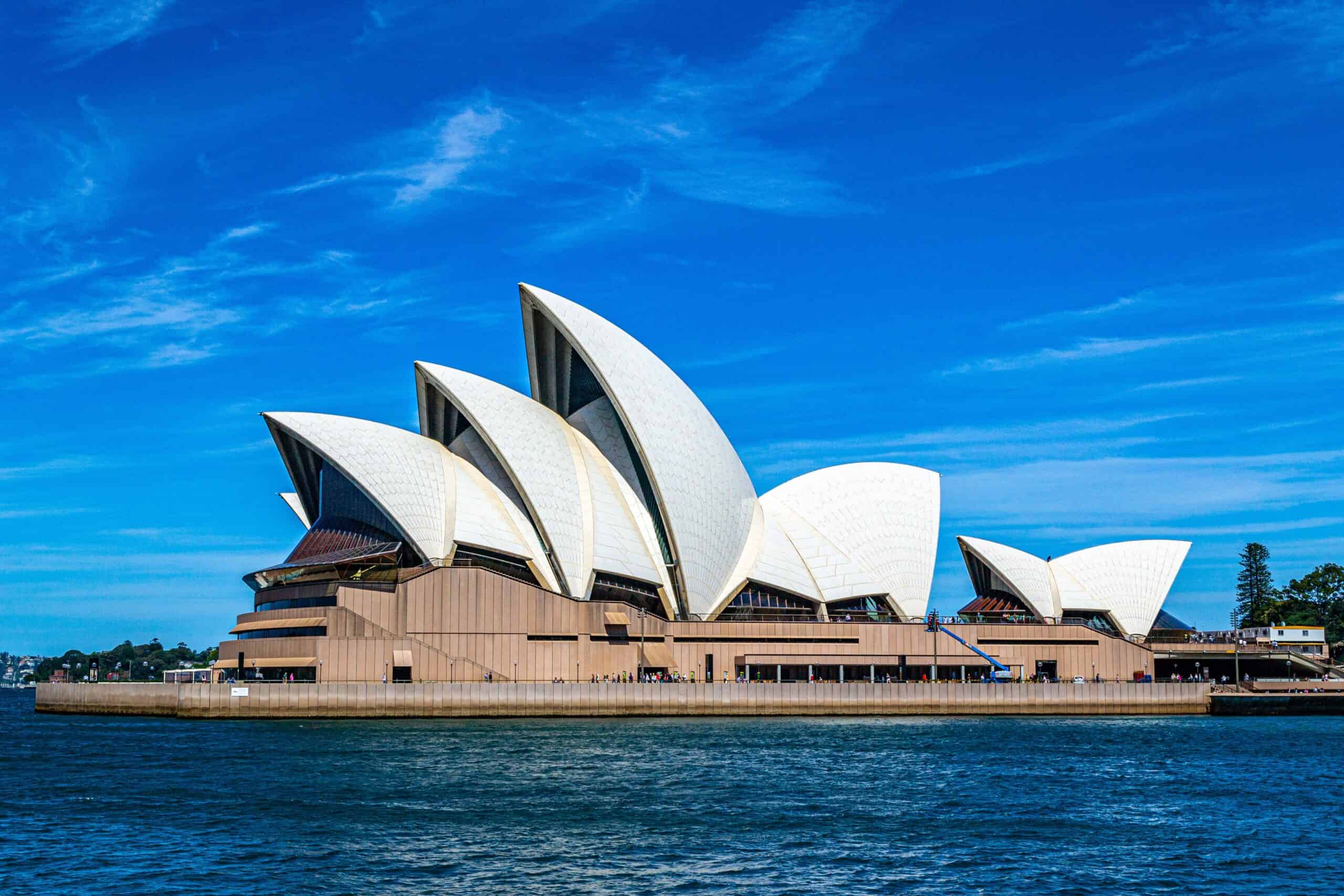
The Sydney Opera House, with its sail-like design, sits majestically on Sydney Harbour. Completed in 1973, it was designed by Danish architect Jørn Utzon. Its unique architecture and stunning waterfront location draw millions of visitors annually. This performing arts center hosts numerous events, from operas to contemporary music. Guided tours offer a behind-the-scenes look at its architectural brilliance. Ferries, buses, and trains provide convenient access to this iconic site.
Petra, Jordan
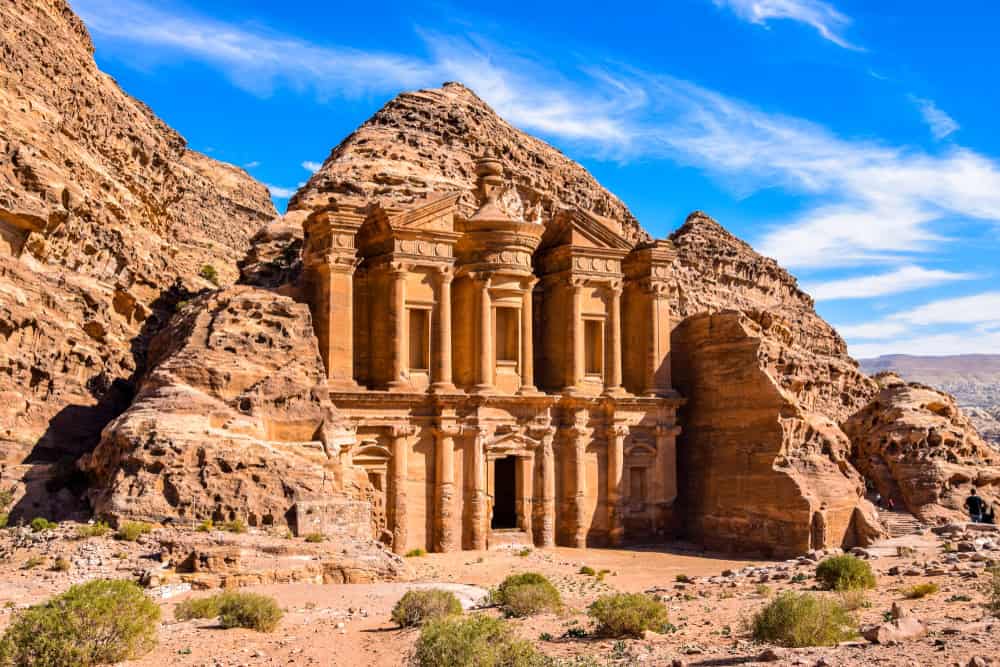
Petra, often called the Rose City, is famous for its rock-cut architecture and water conduit system. This ancient city is carved into vibrant pink sandstone cliffs. The Nabataeans, an ancient Arab people, founded Petra around the 4th century BC as their capital city. Al-Khazneh (The Treasury) is the most iconic structure, with its intricate Hellenistic facade that has stood the test of time. To visit Petra, travelers typically stay in the nearby town of Wadi Musa. From there, a short walk through the Siq, a narrow and winding canyon, leads to the stunning entrance of Petra. Petra is a UNESCO World Heritage Site and one of the New Seven Wonders of the World.
Sagrada Família, Spain
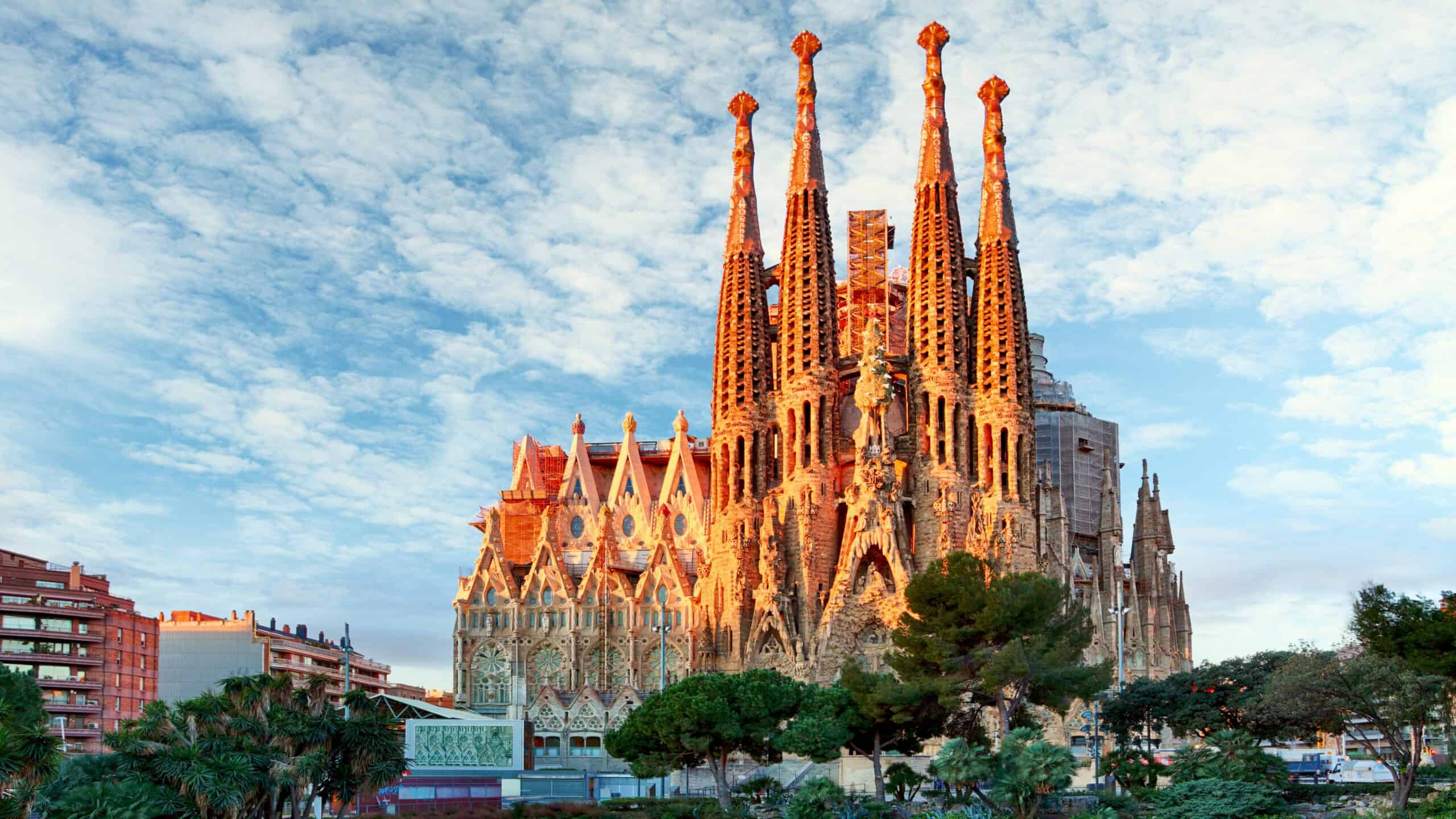
The Sagrada Família, an unfinished basilica in Barcelona, stands as Antoni Gaudí’s most renowned masterpiece. Construction began in 1882 and continues to this day. The basilica blends Gothic and Art Nouveau architectural styles, featuring intricate carvings and towering spires that pierce the Barcelona skyline. Despite being incomplete, the basilica is a UNESCO World Heritage Site and draws millions of visitors annually. Inside, the columns branch out like trees, creating a forest-like atmosphere, and the colorful stained glass windows bathe the interior in a vibrant light.
Chichen Itza, Mexico
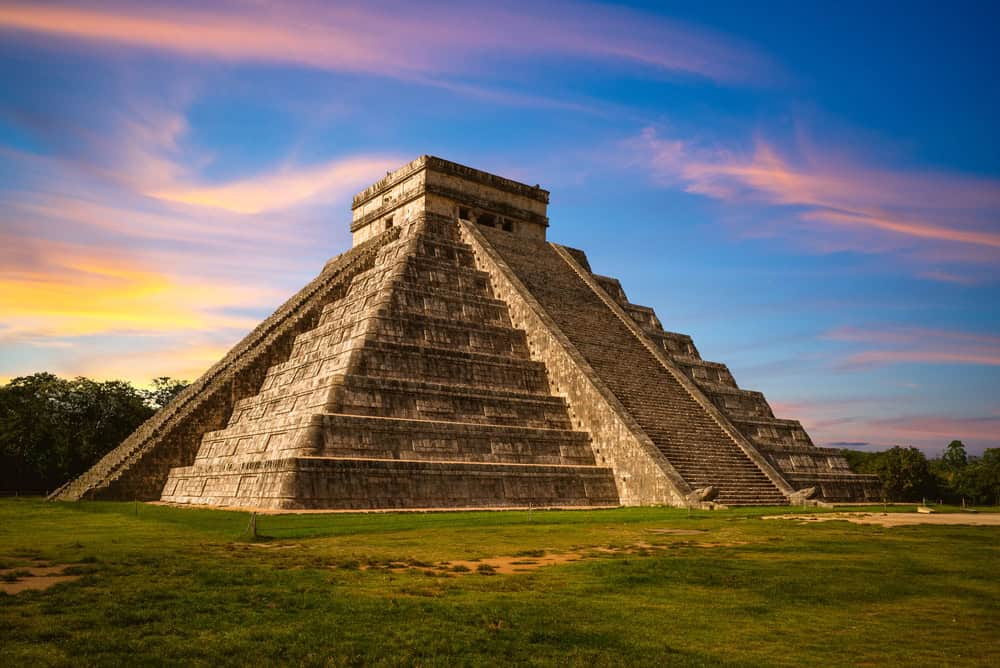
Chichen Itza, a large pre-Columbian archaeological site in Yucatán, was a major city of the Maya civilization. The Pyramid of Kukulkán, also known as El Castillo, dominates the site and is a testament to the Maya’s advanced knowledge of astronomy. The pyramid is known for its precise alignment with the sun during the equinoxes, creating a shadow that resembles a serpent descending the steps. Travelers can visit Chichen Itza by taking a bus or driving from Cancún or Mérida. The site is easily accessible and offers guided tours that provide deeper insights into the history and significance of the ruins.
Burj Khalifa, UAE
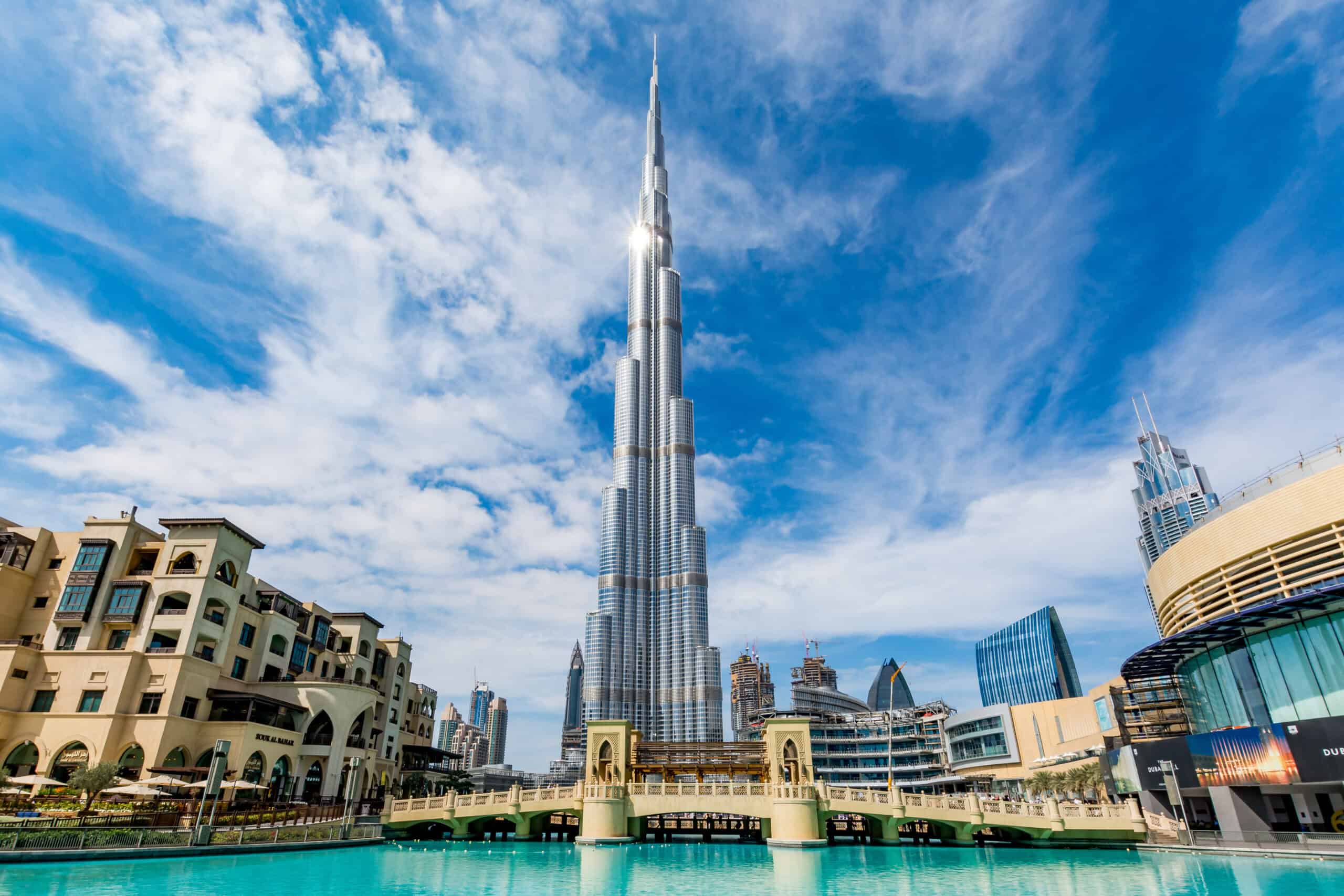
The Burj Khalifa, soaring at 828 meters, is the tallest building in the world. Located in Dubai, it was designed by Adrian Smith and completed in 2010. The structure features a Y-shaped floor plan to maximize views of the Persian Gulf and the desert surroundings. Its exterior is clad in glass, reflecting the sun and sky. The observation decks on the 124th and 148th floors offer breathtaking panoramic views of the city. The Burj Khalifa is a symbol of modern engineering and opulence, housing luxury residences, corporate suites, and the Armani Hotel.
The Parthenon, Greece
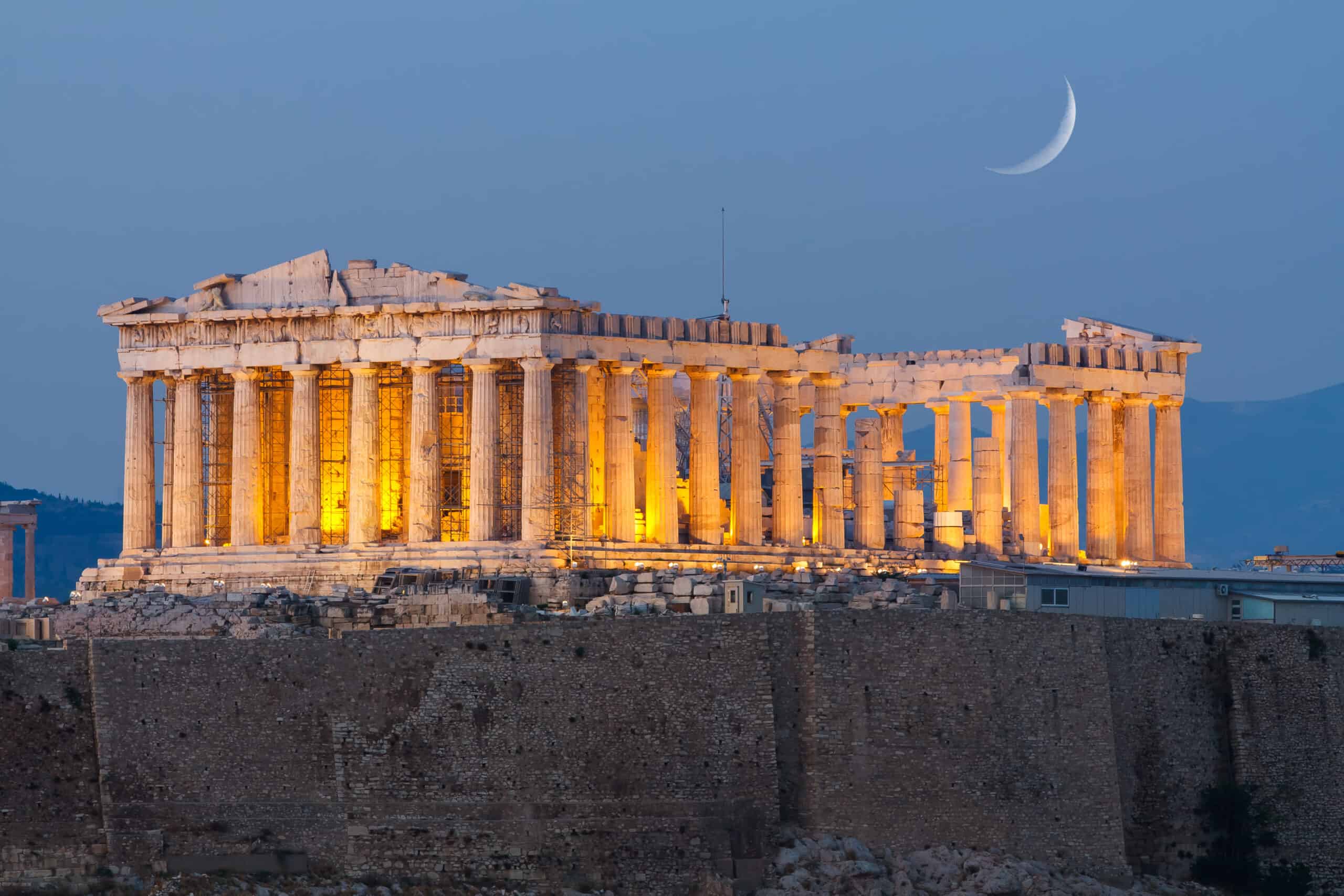
The Parthenon, perched atop the Acropolis of Athens, is a symbol of ancient Greek civilization and architectural brilliance. Constructed between 447 and 432 BC, it was dedicated to Athena, the goddess of wisdom and war. The Parthenon exemplifies classical Greek architecture with its Doric columns and harmonious proportions. The site has undergone extensive restoration to preserve its historical integrity.
Neuschwanstein Castle, Germany
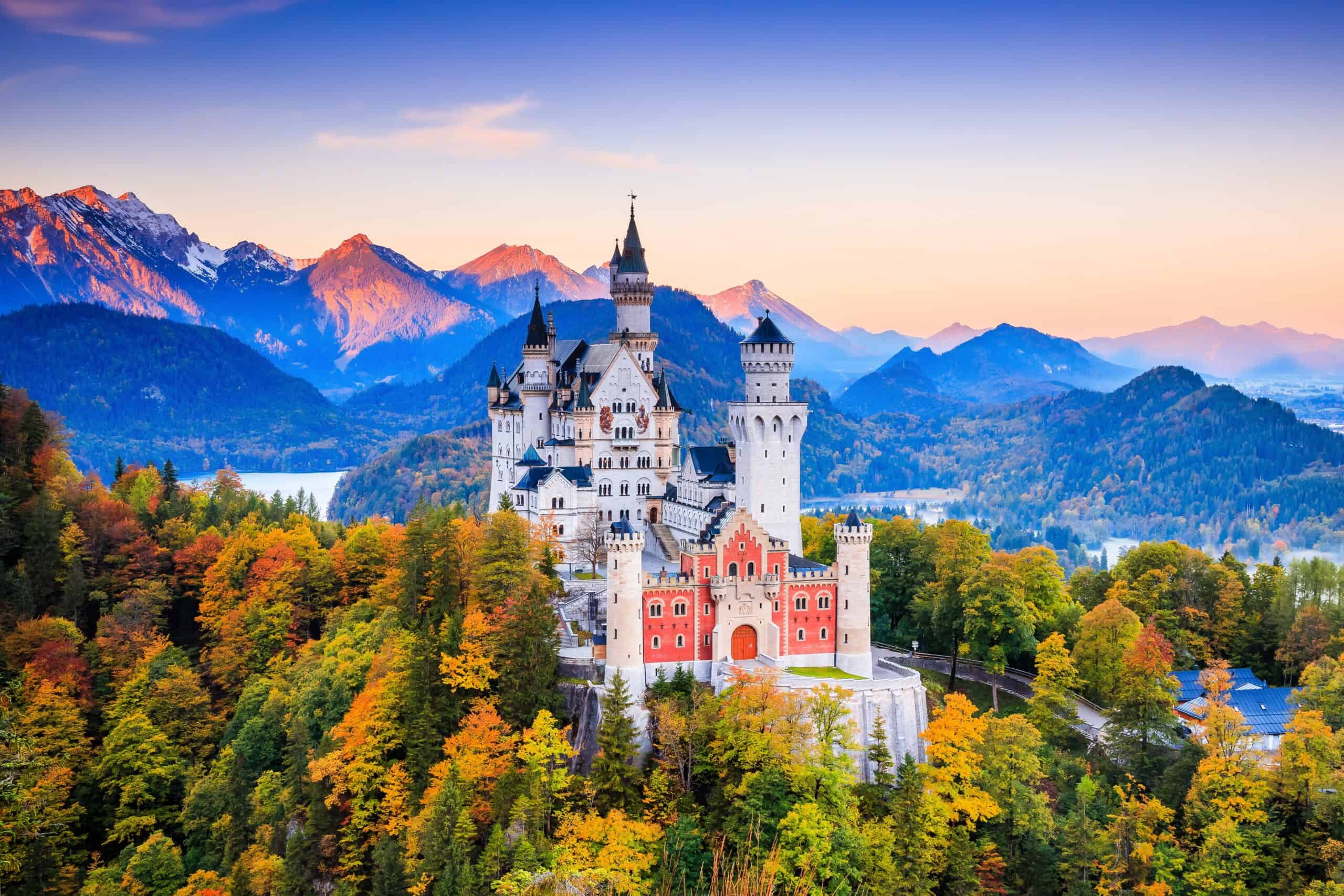
Neuschwanstein Castle, nestled in the Bavarian Alps, is a fairy-tale fortress commissioned by Ludwig II of Bavaria. Built in the 19th century, the castle’s romanticized medieval architecture and picturesque turrets have made it an iconic symbol of fantasy and beauty. Its interiors are equally ornate, with opulent rooms and stunning murals. The castle inspired Walt Disney’s Sleeping Beauty Castle and continues to attract millions of visitors each year. The scenic setting and fairy-tale charm make it one of Germany’s most popular tourist destinations.
Hagia Sophia, Turkey
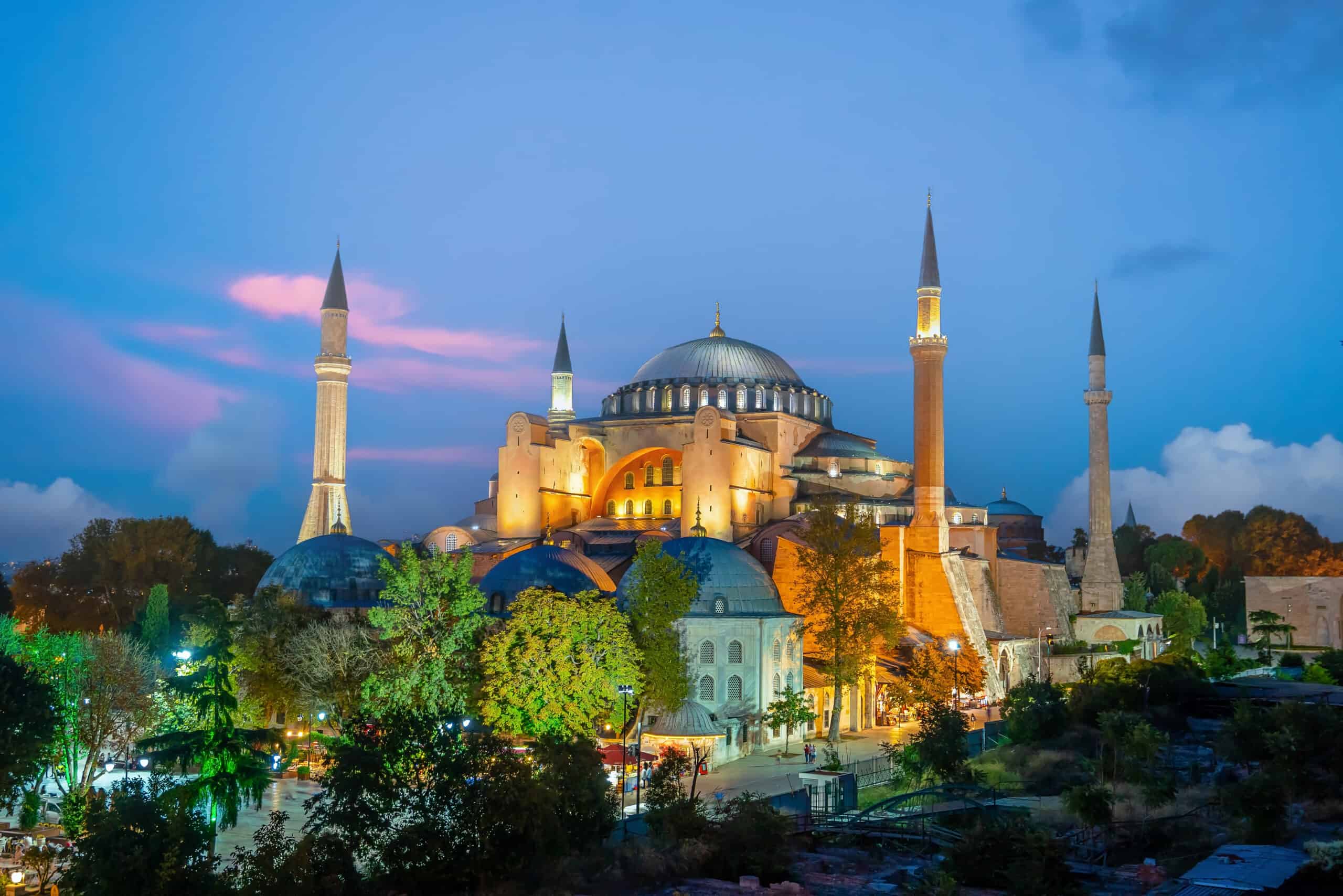
Hagia Sophia, located in Istanbul, is an architectural wonder with a rich history. Originally constructed as a cathedral in AD 537 under Emperor Justinian I, it later became a mosque and is now a museum. The massive dome dominates the structure, and the interior features beautiful mosaics and Islamic calligraphy. The building’s design reflects a blend of Byzantine and Ottoman architectural influences.
This article originally appeared on Rarest.org.
More from Rarest.org
1958 Washington Quarter Value Guide
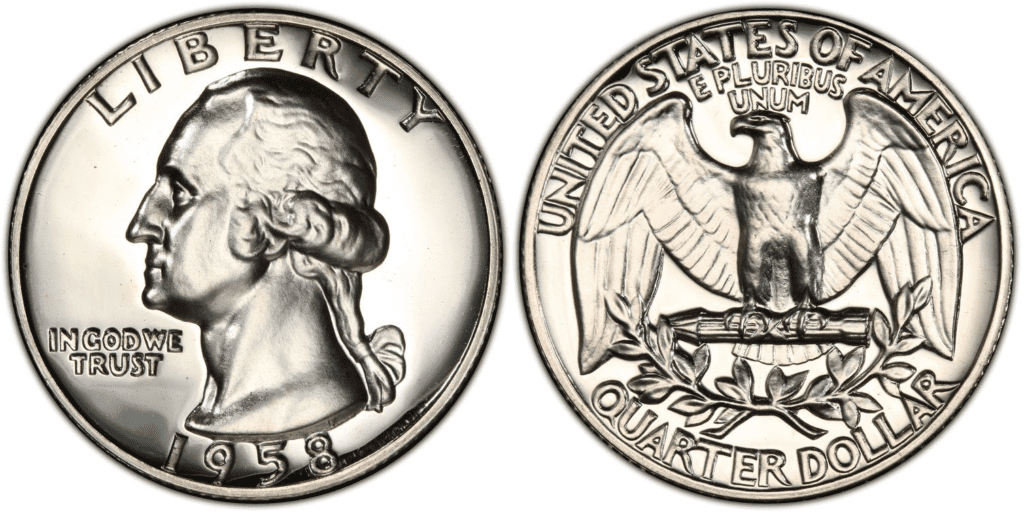
The 1958 Washington quarter is among the US coins made of silver before the US Mint decided to turn most coins to base metals. Thus, if you’re looking for a silver coin, then one of your options would be the 1958 Washington quarter. Read More.
The 8 Rarest Model Trains and Their Collectible Value
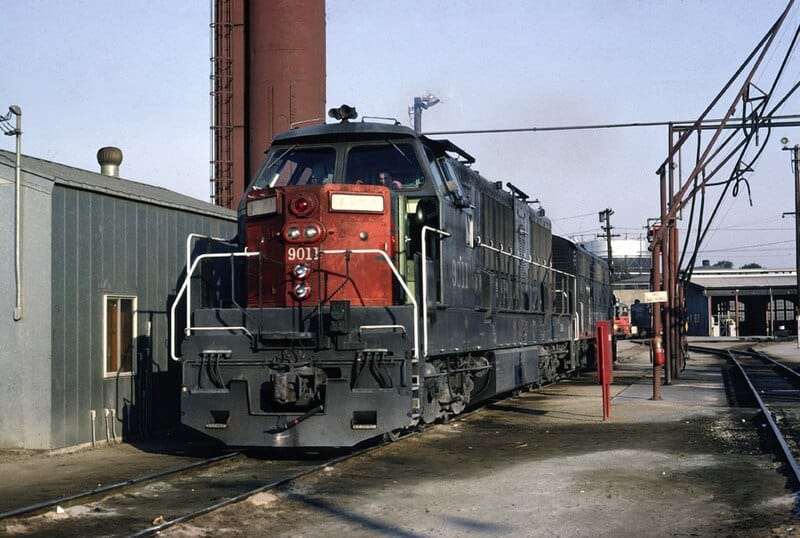
Collecting model trains is a hobby that has captivated enthusiasts for decades, blending a passion for history, engineering, and meticulous craftsmanship. Read More.
1951 Washington Quarter Value Guide
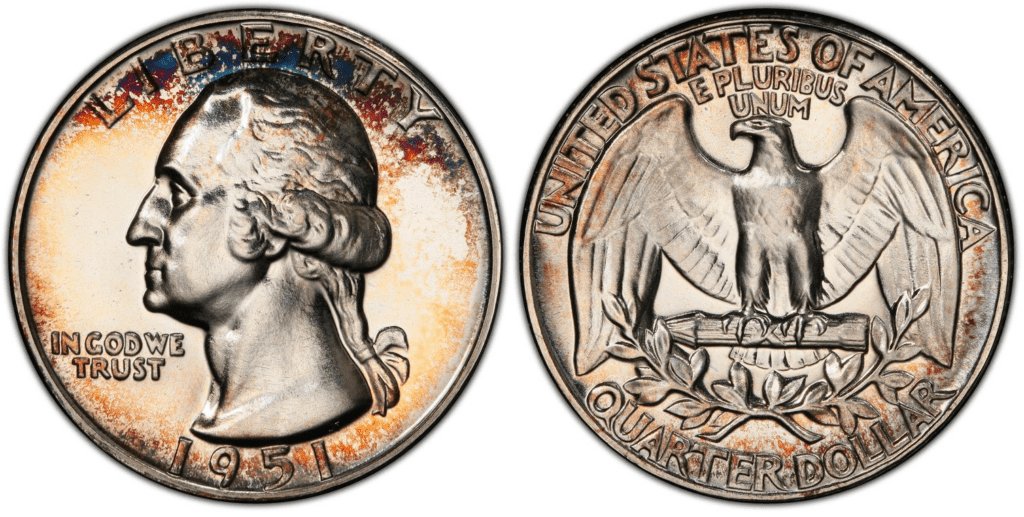
The 1951 quarter, also known as the Washington quarter, was issued by the US Mint starting in 1932. The quarter was made with 90% silver and 10% copper at that time. Read More.
